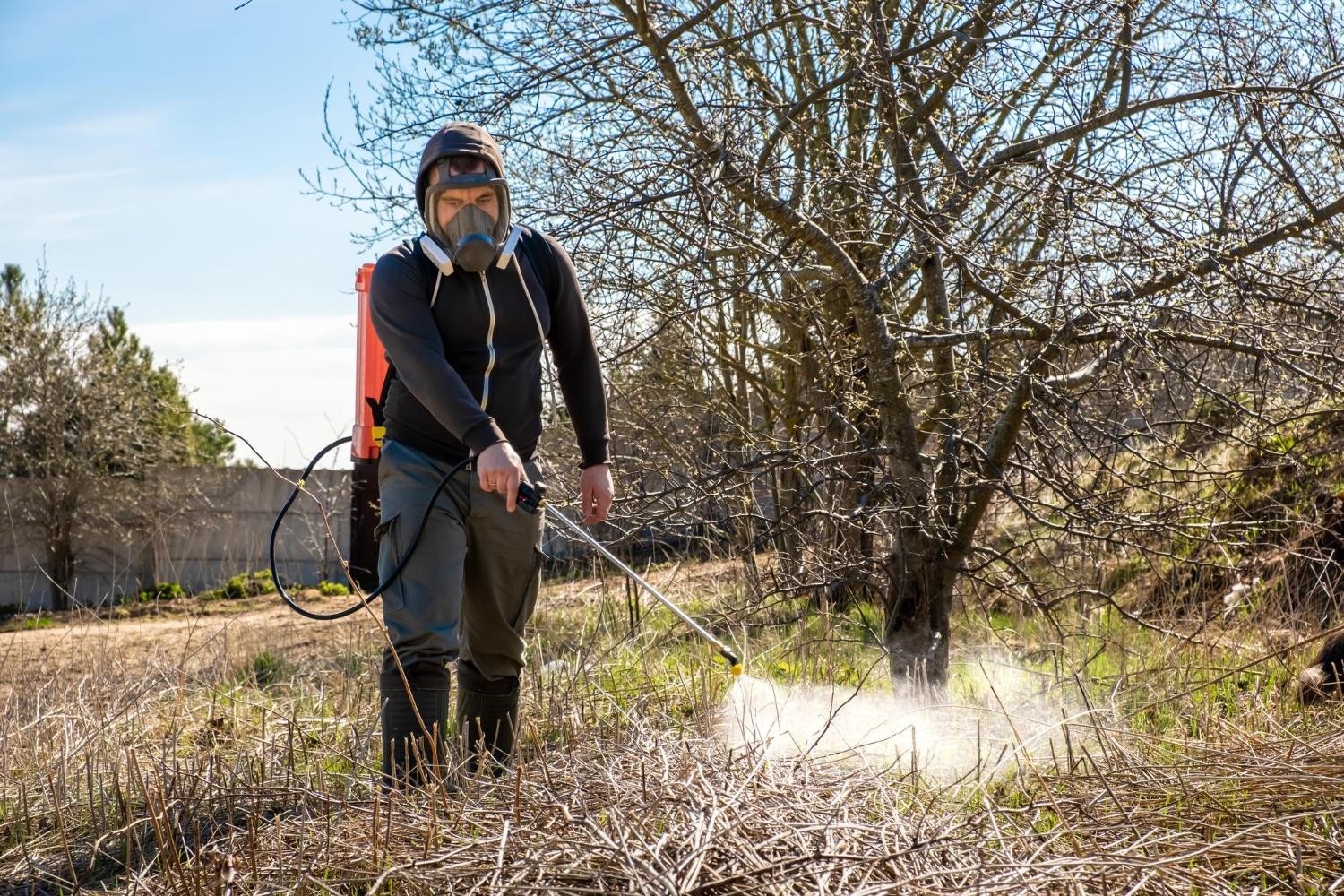Property managers across America spend billions annually addressing pest-related problems that follow predictable seasonal patterns. Moving from reactive scrambling to strategic prevention requires planning and pest control scheduling software has become an essential tool in this transition. This guide to seasonal pest control examines how understanding pest behaviors, creating year-round strategies, and using the right technology can protect properties from financial and reputational damage. Table of Contents Understanding Seasonal Pest Patterns The True Cost of Seasonal Pest Invasions Creating an Effective Year-Round Strategy Integrated Pest Management Foundation Building Your Seasonal Calendar Critical Control Points By Season Preventative Maintenance Essentials Professional vs. DIY Approaches Technology’s Role in Modern Pest Management Implementing Your Seasonal Pest Control Plan Proactive Prevention Delivers Superior Results Understanding Seasonal Pest Patterns Pests operate on biological timelines driven by temperature, moisture, and food availability. These natural cues create predictable invasion cycles that property managers can anticipate and counter. Spring brings termite swarms, ant colony growth, wasp and bee nest establishment, and mosquito breeding in standing water. Properties using pest control scheduling software to trigger automatic inspection reminders report up to 40% fewer spring emergencies. Summer heat intensifies pest pressure across all categories, with mosquitoes, flies, cockroaches, and ants reaching peak populations. Consistent monitoring during this high-activity period significantly reduces tenant complaints. Fall cooling triggers survival instincts as pests seek winter shelter. Mice and rats move indoors, spiders become more visible, and insects like stink bugs cluster on sun-warmed walls. Early fall treatments represent perhaps the most valuable preventative opportunity of the year—a prime example of effective pest control tips for proactive management. Winter concentrates pest activity within structures. Rodents establish indoor presences, cockroaches cluster near heat sources, and stored product pests thrive in pantries. Climate change has disrupted these traditional cycles, making data-driven pest control scheduling software increasingly valuable for adapting to emerging patterns. The True Cost of Seasonal Pest Invasions Failure to implement preventative seasonal pest control creates multiplying costs: Rodents cause an estimated $20 billion annually in structural damage. Food service businesses lose 1-3% of inventory to pest contamination. Building systems deteriorate faster when pests damage insulation, wiring, and structural elements. Emergency treatments typically cost two to three times more than scheduled preventative services. Health risks extend beyond nuisance factors. Rodents carry numerous diseases, cockroach particles trigger asthma attacks, and pest contamination can lead to foodborne illness outbreaks. For businesses, pest sightings create immediate perception problems, with 97% of customers avoiding establishments after seeing evidence of pests. Financial analysis reveals that properties implementing thorough seasonal pest control programs spend roughly half as much per square foot annually compared to those using reactive approaches. Creating an Effective Year-Round Strategy Successful pest prevention means abandoning the outdated “call when you see something” approach in favor of systematic management that anticipates and prevents problems. Integrated Pest Management Foundation The EPA endorses Integrated Pest Management as a science-based framework that identifies and monitors pest problems, sets action thresholds, prevents issues using multiple methods, and continuously evaluates results. This systematic approach forms the backbone of effective seasonal pest control programs that deliver consistent results. Building Your Seasonal Calendar Effective year-round strategies include quarterly comprehensive inspections that thoroughly examine entire properties with special attention to seasonal vulnerability points. These are supplemented by monthly targeted treatments focused on seasonal pest patterns, weekly monitoring of detection stations, and daily best practices around sanitation and exclusion. Modern pest control scheduling software transforms this complex scheduling task from an administrative burden into a streamlined system, ensuring consistent implementation. Property managers report that digital tracking tools significantly improve compliance with preventative schedules compared to manual systems. Critical Control Points By Season Spring demands attention to foundation perimeters, drainage systems, and landscaping elements. Key actions include barrier treatments, elimination of standing water, and regular inspections. Summer requires heightened attention to food service areas, HVAC systems, and exterior perimeters. Key actions include regular inspections, targeted treatments, and exclusion measures. Fall focuses on interior spaces, with attention to rodent entry points, spider webs, and stored product pests. Key actions include sealing entry points, targeted treatments, and regular inspections. Winter concentrates on interior spaces, with attention to rodent harborage areas, cockroach clusters, and stored product pests. Key actions include sealing entry points, targeted treatments, and regular inspections. Preventative Maintenance Essentials Effective pest prevention requires a holistic approach that includes regular maintenance of building systems and infrastructure. Key areas include: – Roofing and gutter systems – Foundation and exterior walls – HVAC systems – Plumbing and drainage systems – Landscaping and vegetation management Professional vs. DIY Approaches While DIY pest control methods can be effective for small-scale issues, professional pest management services offer superior expertise, resources, and technology for comprehensive property protection. Technology’s Role in Modern Pest Management Advanced technologies like thermal imaging cameras, drones, and AI-driven monitoring systems enable early detection and targeted treatments, reducing the need for costly emergency interventions. Implementing Your Seasonal Pest Control Plan Effective seasonal pest control plans require a commitment to proactive management, a systematic approach, and the right technology to support your efforts. By understanding seasonal pest patterns, creating year-round strategies, and leveraging technology, property managers can protect their properties from financial and reputational damage. Proactive Prevention Delivers Superior Results In conclusion, proactive prevention delivers superior results compared to reactive approaches in seasonal pest control. By understanding seasonal pest patterns, creating effective year-round strategies, and leveraging technology, property managers can protect their properties from financial and reputational damage.
